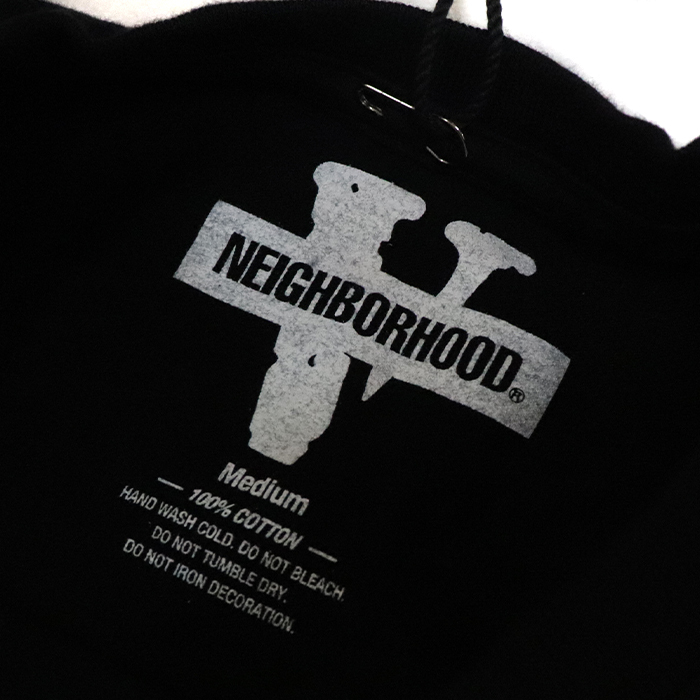Fashion isn’t just about what we wear—it’s about who we are, where we come from, and what we stand for. In a world overwhelmed by mass production and global brands, a powerful, quiet revolution is taking place right where you live. It’s called Neighborhood Clothing.
From hidden street corners to weekend flea markets, young creatives, local designers, and passionate entrepreneurs are building fashion brands that aren’t just stylish—but personal, sustainable, and rooted in identity. These aren’t just clothes. They’re statements. And they’re changing the way we think about fashion.
What Is Neighborhood Clothing, Really?
Neighborhood clothing is the fashion that comes from your community—born from the streets, the people, the culture, and the stories that surround you. It might be a streetwear label launched by a local skater, a custom tailoring shop that reworks vintage outfits, or a small batch of T-shirts made in someone’s garage with a bold message.
What separates it from the mainstream isn’t just the scale—it’s the soul. Every piece tells a story. Every design speaks to something real, raw, and relevant.
Why Neighborhood Clothing Matters Today
In 2025, we’re more connected than ever, but also more in search of authenticity. Big fashion brands try to sell personality, but they often lack the cultural depth and meaning that neighborhood clothing provides.
Here’s why local fashion is having its moment:
1. Cultural Representation
Neighborhood clothing gives a voice to people who have historically been left out of fashion conversations. Whether it’s Indigenous patterns, street graffiti turned into fabric art, or messages in local slang—these clothes speak your language. They look like your block, your history, your hustle.
2. Youth Creativity Unleashed
You don’t need a fashion degree to launch a clothing line anymore. Today’s youth use platforms like Instagram, TikTok, and Shopify to drop their ideas, test designs, and build communities around their work. What starts as a hoodie idea in a college dorm can turn into a street movement.
3. Rebellion Against Fast Fashion
Fast fashion has become a dirty word—and for good reason. The waste, the labor exploitation, and the lack of uniqueness are turning consumers off. Neighborhood brands offer something slower, more thoughtful, and more sustainable. It’s fashion with a conscience.
Neighborhood Clothing in Action: Real Stories
Let’s make it real with a few fictional examples inspired by real trends:
-
East End Threads (London): A group of friends from East London started printing tees with old Bengali poetry and East End slang. What started as a cultural passion project is now a thriving streetwear label.
-
Block23 Apparel (Chicago): Inspired by graffiti art and drill music, a South Side artist created a line of statement jackets with hand-painted artwork reflecting street culture and resistance.
-
Zehra Threads (Lahore): A young woman reclaims traditional Pakistani embroidery with modern cuts and edgy silhouettes, blending old-world craft with bold, urban attitude.
Each of these represents a unique neighborhood energy—and that’s exactly what makes them powerful.
How Neighborhood Clothing Builds Community
Beyond fashion, these local brands are building something deeper: community identity.
-
Pop-Up Shops and Markets: Many of these brands start at local flea markets or weekend stalls. These spaces aren’t just about selling—they’re about sharing culture and meeting people.
-
Collaborations: Local musicians, graffiti artists, and photographers often team up with these brands, making the movement feel bigger than just clothes.
-
Mentorship: Older creatives or tailors often mentor the younger generation in everything from stitching to business skills, keeping traditional knowledge alive in modern forms.
Design That Tells a Story
One of the most beautiful things about neighborhood clothing is its ability to tell stories through design. These are not corporate designs created in a boardroom—they are memories stitched into fabric.
-
A shirt with lyrics from a local underground artist.
-
A jacket made from repurposed school uniforms to honor a lost generation.
-
A scarf with a city’s skyline screen-printed from a rooftop photo.
This kind of storytelling makes the clothes more than fashion. It makes them art.
Challenges Local Designers Face
Let’s be honest—being a neighborhood brand isn’t easy. While creativity and passion are high, resources are often low.
-
Limited funding means small batches and higher costs.
-
Lack of exposure can make it hard to compete with global brands.
-
No marketing teams means everything—design, promotion, customer service—is done solo or by a small team.
But here’s the twist: these challenges are also the strengths. The small scale means quality control. The lack of filters means honest storytelling. The hustle becomes part of the brand’s identity.
How You Can Support the Movement
If you believe in fashion with meaning, here’s how you can help:
-
Shop local: Find local brands in your area. Look at Instagram, TikTok, or even local pop-ups.
-
Promote and share: If you love a brand, tag them, review them, and share their work. Word of mouth is gold.
-
Collaborate: Are you a photographer, writer, artist, or DJ? Partner up with a local brand and build something together.
-
Respect the price: Local clothes may cost more than fast fashion—but you’re paying for real labor, not exploitation.
The Future of Fashion Starts at Home
Neighborhood clothing isn’t just a passing trend. It’s a return to the roots of fashion—when clothes were made with care, by people you knew, with stories you shared.
In a world filled with noise, neighborhood clothing speaks clearly. It says:
“I see you. I represent you. I am you.”
Whether it’s a corner of Lagos, a lane in Karachi, a block in Atlanta, or an alley in Manila—fashion is being redefined at the street level.



